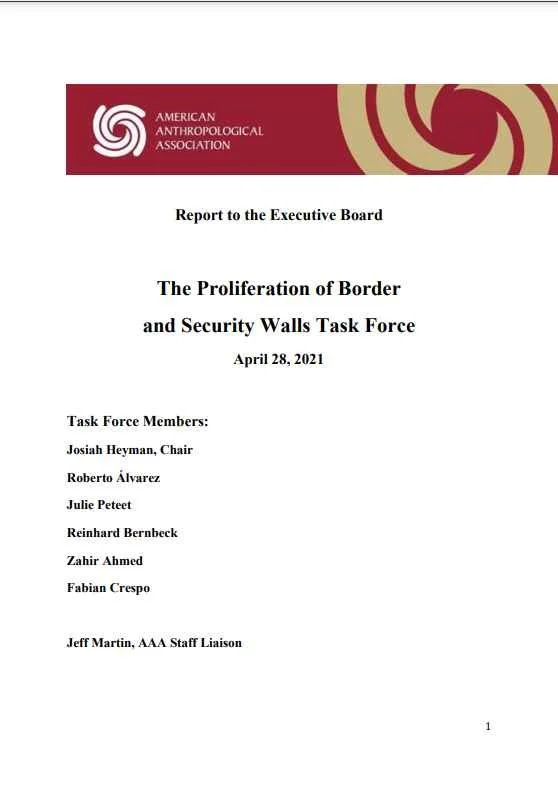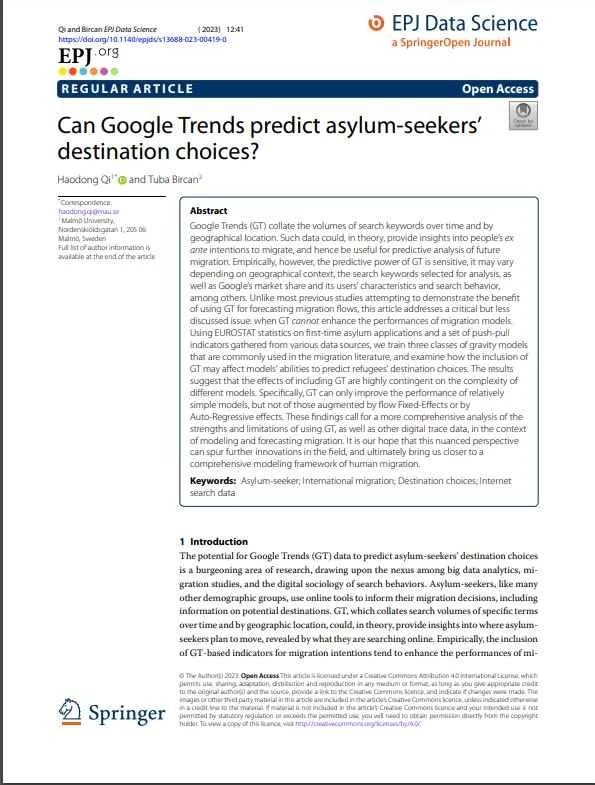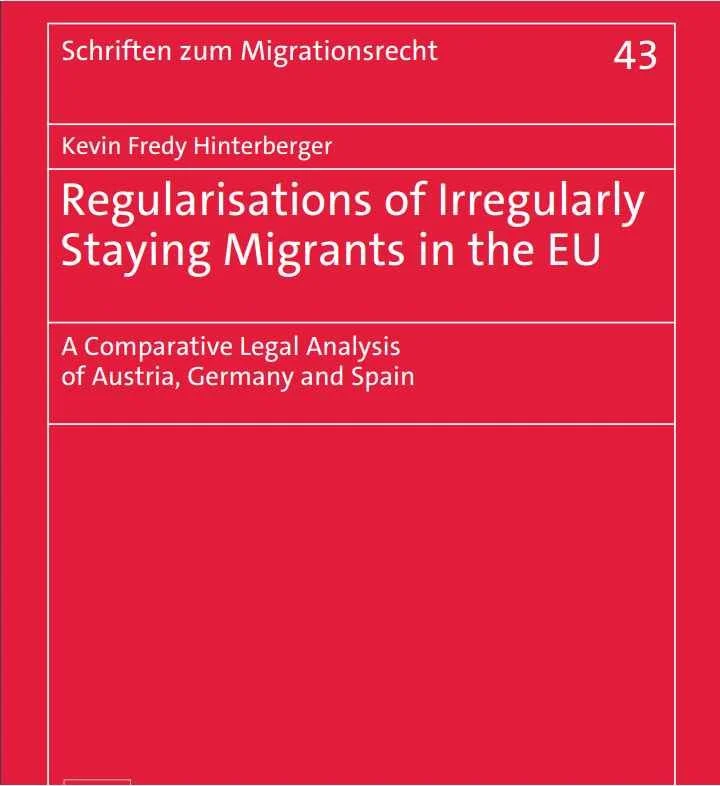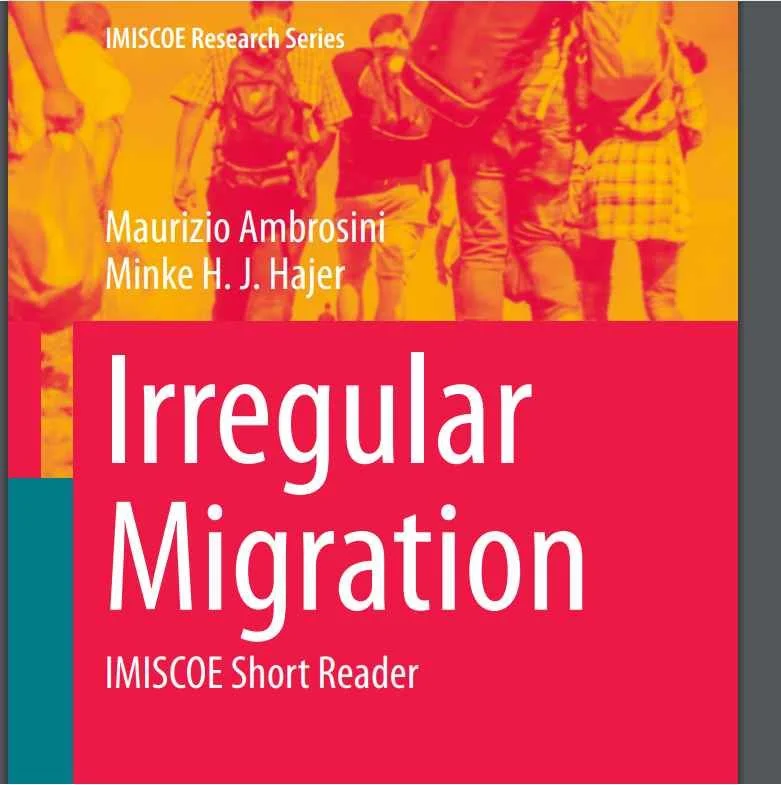By Margaret Monyani, Adamnesh Bogale and Ottilia Anna Maunganidze
Robust legal frameworks and migration management measures in Ethiopia and Kenya give these countries a strong basis for effective migration governance consistent with the rule of law. However, some policy improvements are needed, along with more consistent implementation and better protection of migrants’ rights. Filling these gaps is vital if Ethiopia and Kenya are to advance their role in continental migration governance.
Key findings : The Horn of Africa is a key source, transit and destination region for migrants. National, regional, continental and international multilateral processes to improve migration governance are in place in the region. Countries like Ethiopia and Kenya have developed frameworks to address evolving dynamics, aimed at enhancing legal migration pathways, responding to forced displacement, stimulating regional integration, and tackling the smuggling and trafficking of persons. In Ethiopia and Kenya, policies and practices are informed by regional and global mixed migration trends. While migration governance frameworks in Ethiopia and Kenya are fairly robust and factor in the rule of law, there are weaknesses that need to be addressed. These include gaps in practical migration governance and the inconsistent application of the rule of law. Migration governance should be factored across various government departments in a consistent and coherent manner. For good migration governance to enhance development and growth, gaps in policies and practices must be dealt with.
Recommendations : The governments of Ethiopia and Kenya should: Review existing migration policies to identify inconsistencies with rule of law principles. Harmonise migration policies in line with international and continental standards and ensure the protection of migrants’ rights. Regularly evaluate the impact of policies and programmes to identify areas for improvement. Encourage community participation in migration-related initiatives to foster shared responsibility and ownership, including through awareness-raising campaigns. Invest in strengthening the capacity of law enforcement agencies and other stakeholders involved in managing migration, focusing on skills and knowledge of migration laws. Engage the private sector in migration governance, particularly regarding labour migration and migrant integration. While migration governance frameworks in Ethiopia and Kenya are fairly robust and factor in the rule of law, there are weaknesses that need to be addressed. These include gaps in practical migration governance and the inconsistent application of the rule of law. Migration governance should be factored across various government departments in a consistent and coherent manner.
EAST AFRICA REPORT 51 | Pretoria: Institute for Security Studies, 2024. 23p.





























